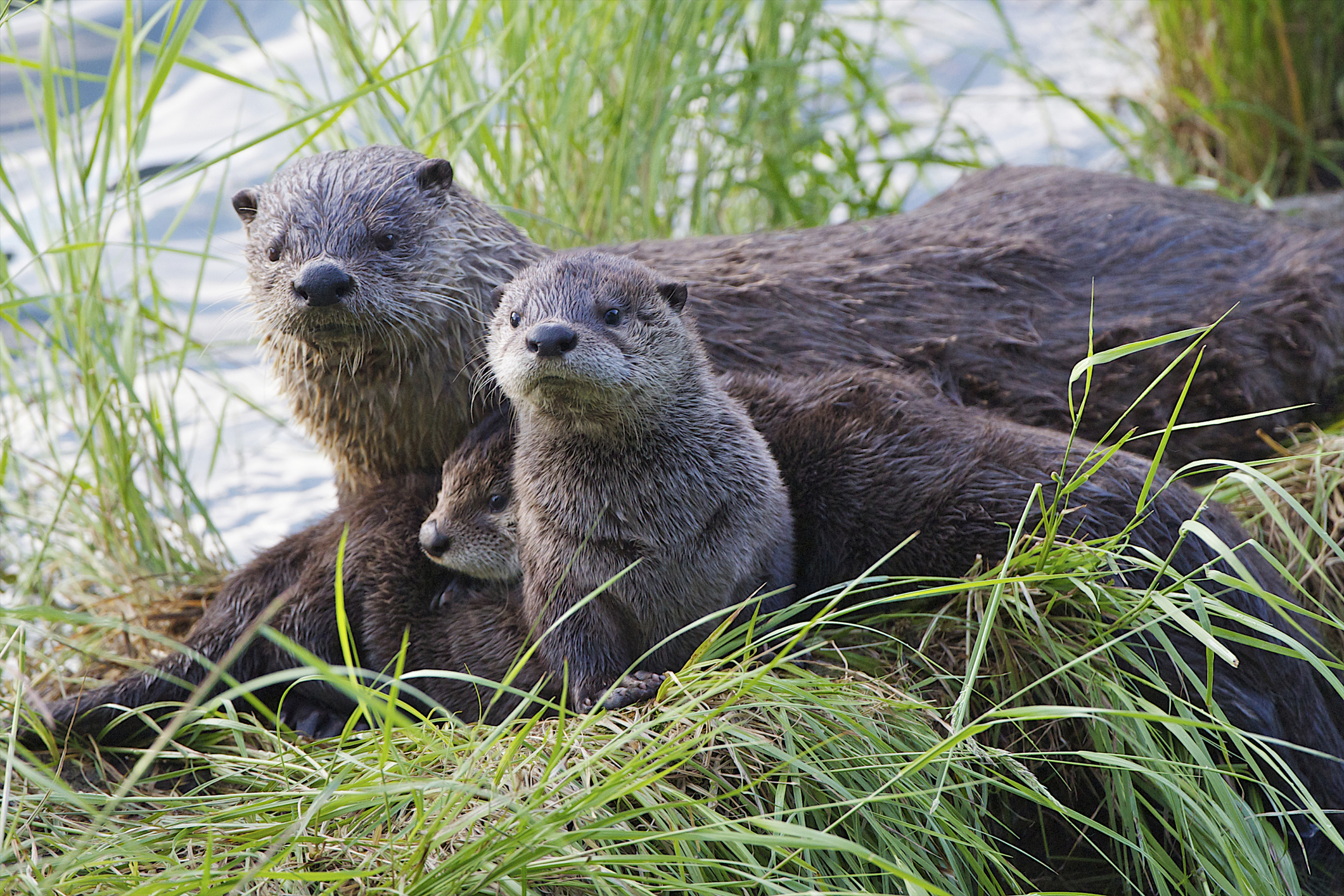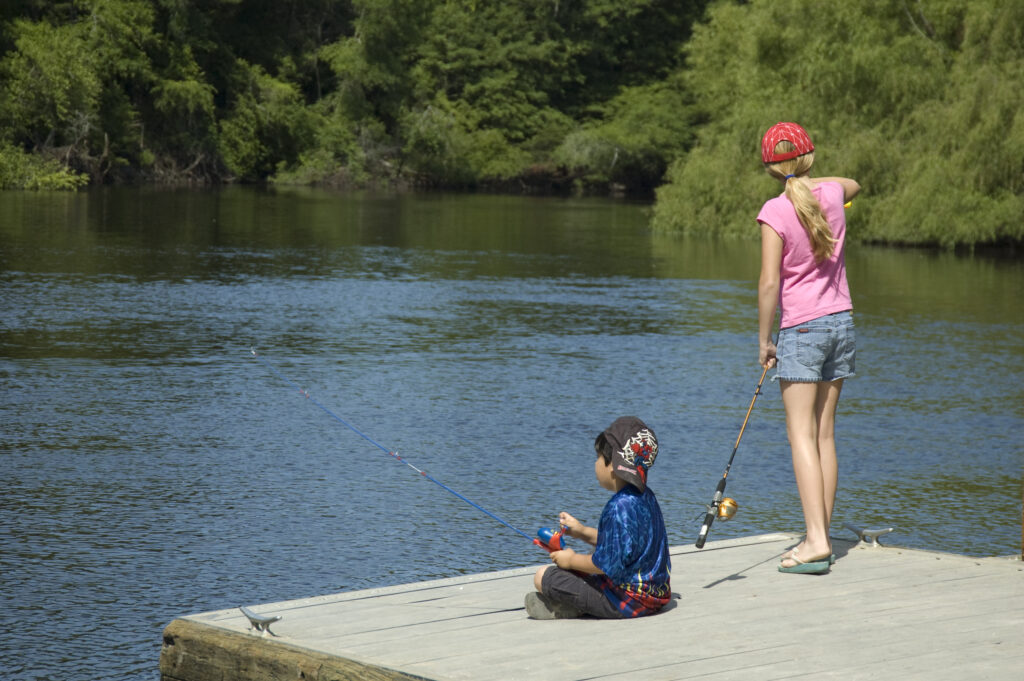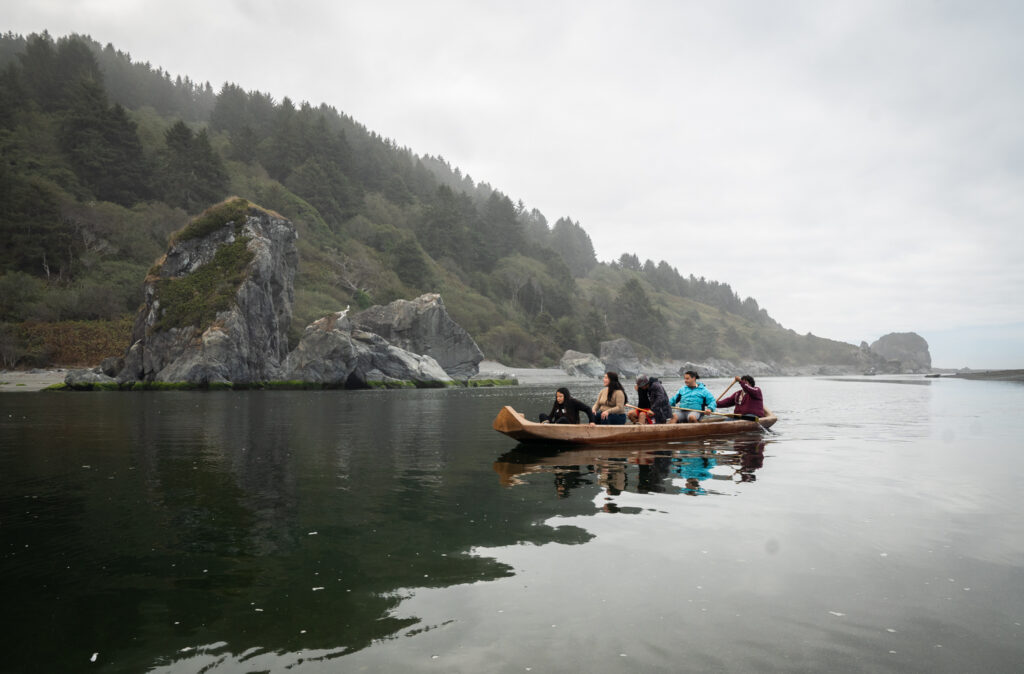Collaborative Management
Water Protections, Tribal Collaboration, and Management Recommendations

For many species, the existence of natural-flowing and connected river systems is critical for their survival (Thakur et al., 2020; Morelli et al., 2020; Dreiss et al., 2022). But they need land managers and decision makers that understand this. We must work collaboratively within watersheds to permanently protect and defend free-flowing rivers, floodplains, and springs.
Without well-informed, inclusive, and transboundary management, species survival and biodiversity will continue to be threatened by both anthropogenic demands and climate change. This section explores research-informed management tools to consider in order to effectively protect biodiversity, including imperative collaborations with Tribal leaders and what you can do as an individual.
“The most important aspect of recovery is management and improvement of the riparian habitat.”
(Graf et al., 2000)
Permanent Protection of Water
As Pennock (2022) notes, “There is no more important attribute than the simple existence of water in the channel.” Our top priority as both river and wildlife advocates is to keep rivers flowing. We must understand both the historical and current conditions of our watersheds and use this knowledge to truly protect and restore free-flowing rivers, tributaries, springs, seeps, floodplains, and riparian zones.
The good news is there are already numerous tools in place to help us! Below are just a few examples, but we encourage decisionmakers and managers to explore their own local conservation designations as well.
- National Wild and Scenic Rivers
- Outstanding National Resource Waters
- National Conservation Areas
- National Monuments
- National Wildlife Refuges
- Rights of Rivers
Learn more about River Protection and how to utilize these designations.

What YOU can do to Protect Rivers and Wildlife
- Volunteer to clean-up your local rivers and riparian areas
- Create riparian habitat on your property
- Conserve more water at home
- Contact your local representatives and advocate for healthy habitat for wildlife!
- Participate in public land and river management planning processes
- Support nonprofits doing work on rivers that you care about
Tribal Collaboration
Indigenous People and Tribal Nations were the first river and wildlife managers, and they carry invaluable knowledge of ecosystem dynamics and conservation. There are many helpful examples of collaborative Tribal management plans, such as Bears Ears and Canyon de Chelly. Case studies of Rights of Rivers continue to grow, which “recognizes Indigenous cultural plurality in legal systems, and in the cases where it has been used, provides an avenue for…the protection of rivers” (Perry and Major 2022). The Northwest Indian Fisheries Commission is another strong example of tribal leadership in the protection of wildlife and rivers. Connecting with local Tribes for collaborative management results in a greater protection of rivers and biodiversity.

Management Recommendations for Effective River and Wildlife Protection
- Create or enhance fish and wildlife habitat management plans in conjunction with existing Wild and Scenic Rivers designations and Outstanding National Resource Waters determinations, as well as other protected area designations with robust river protection components.
- Reconnect and restore rivers, floodplains, and riparian areas. Connectivity increases species’ ability to survive disturbance events, find access to food and shelter, and to maintain genetic diversity.
- Secure minimum instream flows and modify dam operations or explore dam removal to maintain as much of a natural flow regime as possible.
- Prioritize protection of all types of refugia, in addition to migration and climate corridors, especially in and between zones that already exist under some level of protection.
- Use the reintroduction of native keystone species and ecosystem engineers in order to create both micro and macro habitats for other species to use for survival.
- Create collaborative, transboundary, watershed-wide management plans for more effective and inclusive management and policymaking. Prioritize collaboration with Tribes on land, wildlife, and river management.

